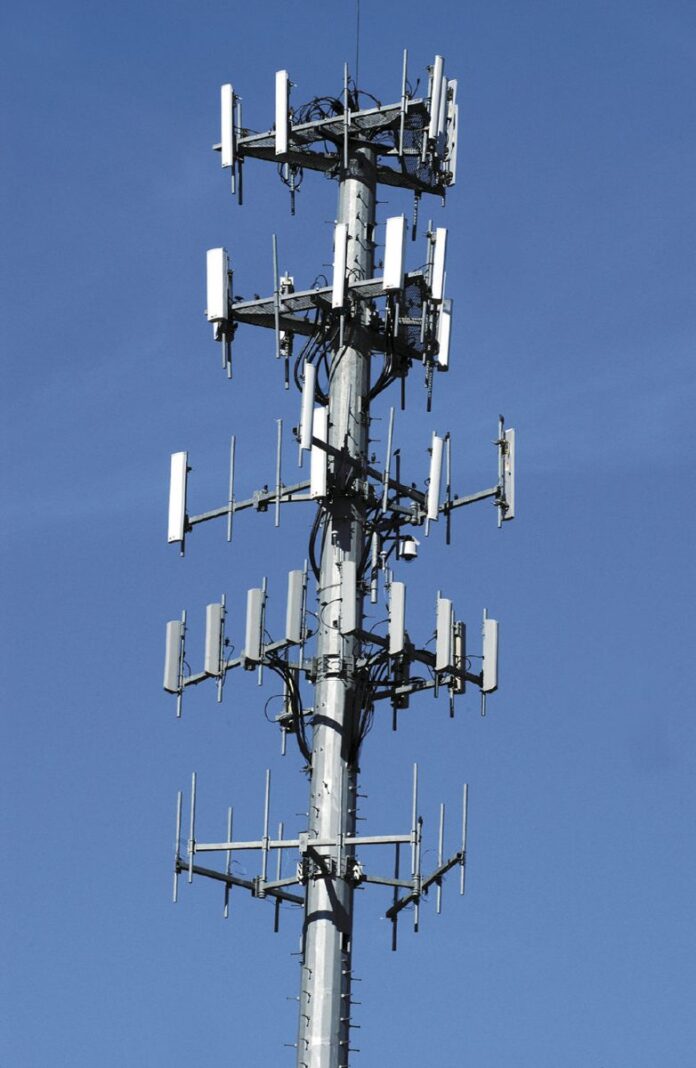Major telecom player T-Mobile executives are reaching out to say don’t blame them for the 5G issues currently embroiling the aviation industry.
They point out the issue is 5G C-band, not their current 5G network, although they do have plans to enter that same spectrum late next year.
The issue that has disrupted flights and drawn the concern of the Federal Aviation Administration involves the rollout by AT&T and Verizon of a new band for 5G cell service, which possibly could interfere with frequencies used by commercial airliners.
The two companies purchased about 80 percent of the frequencies available in the new 5G C-Band spectrum for about $70 billion.
“5G and aviation safety have been in the headlines lately, and it’s causing some confusion that we want to help clear up,” wrote Neville Ray, T-Mobile’s president of technology, on a company blog. “First, I want to be clear that T-Mobile’s 5G network, already covering over 1.7 million square miles and 310 million people nationwide, and our customers are not affected by this.”
“While headlines talk about ‘5G,’ this issue is really with one specific frequency of spectrum called C-band, which T-Mobile 5G does not use today,” Ray added.
Recently the FAA released a list of 50 airports near which the two telecoms had agreed to temporarily postpone activating nearby 5G C-Band towers. Seven of those are in Texas, including McAllen-Miller International Airport.
The issue involves the proximity of the 5G C-Band frequencies, which operate in the 3.7 gigahertz to 4.2-GHz range, and aviation safety equipment operating in the 4.2 GHz to 4.4 GHz range. The concern is that some of the 5G C-Band traffic could bleed into the nearby aviation frequencies, disrupting vital safety features.
Airline passenger planes use their frequencies for radio altimeters, which provide height readings, as well as navigation and collision avoidance systems. These are particularly vital during weather-created, low-visibility landings.
“Meanwhile, T-Mobile’s nationwide 5G network will continue to operate and expand using different spectrum frequencies already in use for many years (primarily 600 MHz and 2.5 GHz — distant from the 3.7-4.2 GHz where C-band operates),” Ray wrote. “By the time we’re ready to put our C-band licenses to use in late 2023, we’re confident today’s concerns will have been resolved.”




